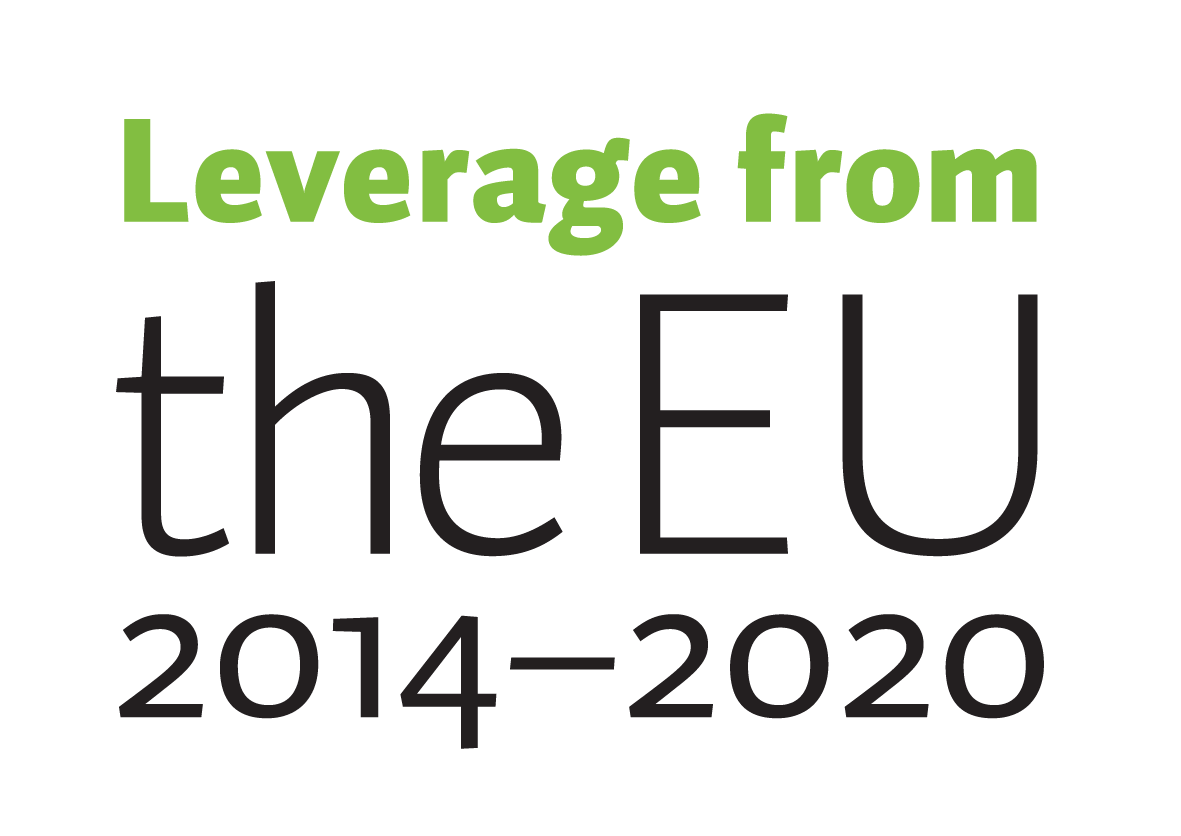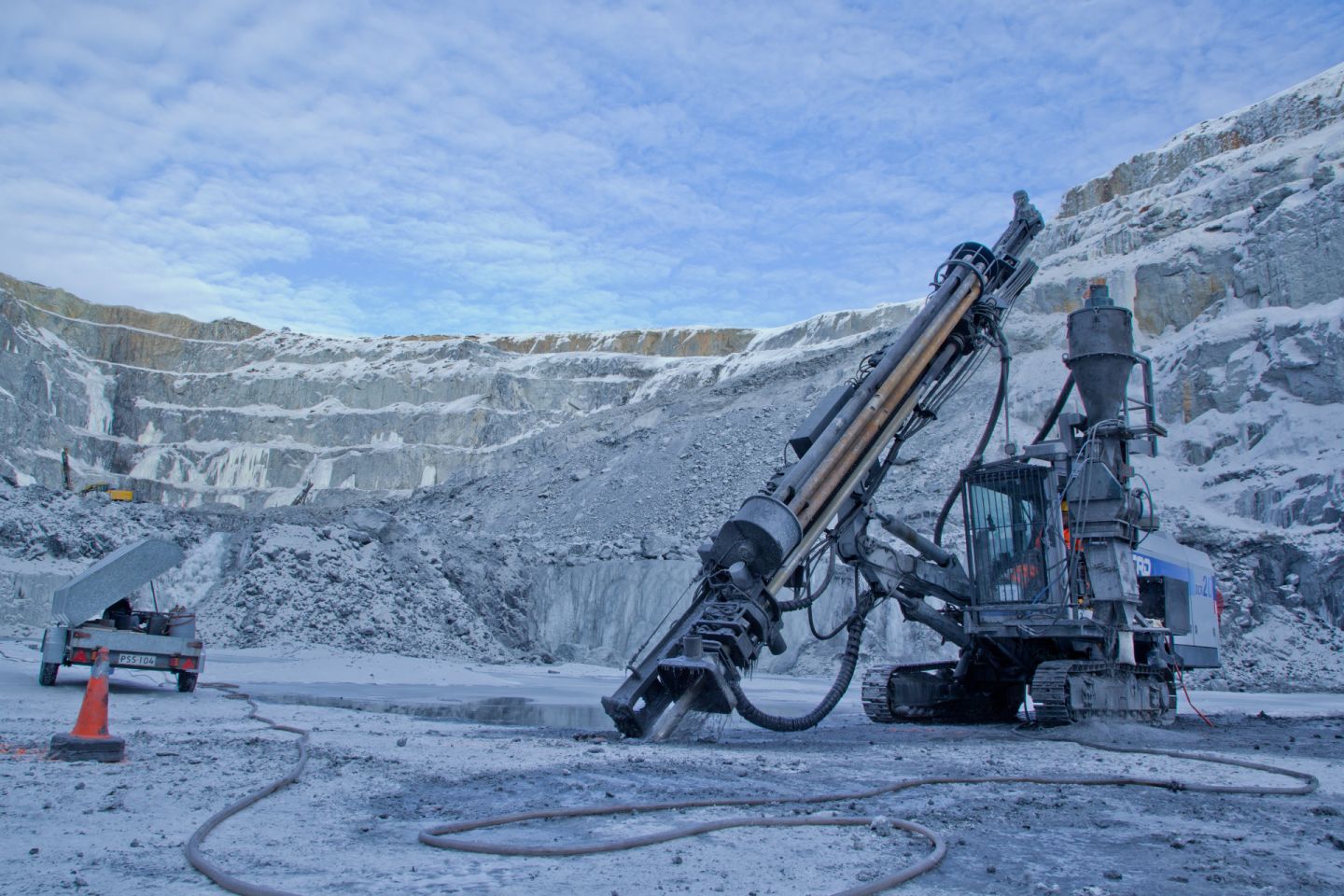The mining and metal industry together form the largest business sector in Lapland. In fact, Lapland has been described as the northernmost concentration of mining and metal industry in the world. The region holds the largest gold mine and only chrome mine in Europe, and several projects related to mines and the metal industry are currently being planned.
The mining and metal industries are very important for Lapland, which is why the region has specialised heavily in them. In terms of both metal ore mining operations turnover and mining support service activities turnover, Lapland contributes over 40% of the total in Finland and the region’s share of the nationwide metal refining activities is almost 40%.
Significant business and employment from the quarrying and refining of metal ores
Lapland currently holds three active metal ore quarries. The only operating chrome mine in Europe is located in Elijärvi, Keminmaa, and owned by Outokumpu Chrome Oy. Kittilä is home to the largest gold mine in Europe, which is owned by Agnico Eagle Finland. In Sodankylä, Boliden’s Kevitsa Mine is a multi-ore mine, which is the largest mine in Finland in terms of the total quarrying volume (ore and gangue).
In addition to these, there is SMA Mineral’s industrial mineral mine Kalkkimaa in Tornio, as well as Arctic Ametist’s Lampivaara Amethyst mine in Pelkosenniemi.
The regional business statistics indicate that, in 2018, the mining and quarrying operations (with a heavy emphasis on the quarrying of metal ores) provided employment in the amount of about 1,700 person years and the total turnover of businesses in the sector stood at €550 million. Mining industry continues to show growth, although strongest turnover growth figures have stabilized from previous peak years.
The impacts of the mining industry extend to many fields. In addition to the mines themselves, mining operations require a variety of auxiliary services from ore prospecting, mining subcontractors, various machine and equipment suppliers and transport services to services related to mine maintenance and the day-to-day living of the workforce.
According to the ELY Centre’s mine survey, the largest employers among Lapland’s mines are Agnico Eagle in Kittilä, which employs up to 960 people including subcontractors, Boliden’s Kevitsa Mine, which employs 800 people, and Outokumpu’s Chrome, which employs 530 people.
Metal refining is a highly significant field that is intertwined with the mining industry. Statistics Finland’s numbers show that it provided a total of about 2,200 person years of employment in Lapland in 2018, with the turnover standing at roughly €4.7 billion.
Based on turnover, the largest company in the metal refining field and also the largest company in all of Lapland is Outokumpu Stainless Oy, which is located in Tornio. In 2017, its turnover was approximately €4 billion. According to the Largest Companies services, which lists Nordic companies, the region’s most sizeable enterprises also include Outokumpu Chrome Oy, which is part of the metal refining cluster in Tornio, Boliden Kevitsa Mining Oy in Sodankylä, Agnico-Eagle Finland Oy in Kiistala and Tornio-based Tapojärvi Oy, which engages in construction activities alongside refining.
The future for mining in Lapland looks promising
The Fraser institute’s Mining Investment Attractiveness Index takes both mineral and policy perception into consideration. Finland is rated as the most attractive country for mining investments in Europe, and on the 10th place in the whole world. Finland’s strengths are good geological information and significant ore potential, as well as a stable society, a high level of education and the quality of infrastructure.
The mines operating in Lapland develop their operations through significant investments. In Kittilä, Agnico Eagle Finland Oy is investing €160 million in gold production, Outokumpu is expanding its Kemi mine with €250 million and Boliden is putting €80 million into updating its concentration plant in Kevitsa.
Many new mine projects are also being planned in Lapland, for which decisions will be made down the line.
In Sodankylä, AA Sakatti Mining Oy (Anglo American) is planning a copper and nickel mine in the Viiankiaapa area. The mine is intended to be situated underground below the Viiankiaapa nature conservation area, with the aboveground infrastructure being situated outside the conservation area. The Sakatti mine project is in the environmental impact assessment phase, and the assessment is expected to be submitted to the authorities for processing within 2019. According to a preliminary estimate, the mine will provide employment for 400 people.
In Kolari, an open quarry (Hannukainen Mining Oy) producing iron, gold and copper is being planned for the village of Hannukainen. The mine project is now in the permit and zoning phase, after which decisions will be made on the possible commencement of the actual mining operations.
In addition to the Sakatti and Hannukainen projects, analyses and surveys are being prepared on other mining ventures. The Pahtavaara gold mine in Sodankylä operated from 1996 to 2014. The mine is owned by Rupert Finland Oy, and the possibilities for its revitalisation are currently being explored. In Sokli area in Savukoski, analyses are beign made for a possible phosphate mine. In 2020, the mining project was purchased by the state-owned company Suomen Malmijalostus Oy. In addition to these projects, Mawson Resources Oy is conducting the Rompas-Rajapalot survey project in the Ylitornio and Rovaniemi areas.
Even though Finland is the only country in Europe producing chrome, which is quarried in Lapland, many factors affect the future of the metal and mining sector. Technological developments may lead to strong focuses in the demand for metal ore, but the pricing of metal ore is susceptible to the influence of many factors and aspects related to the global political climate. In Finland, the geopolitical situation is far less risky than in many other countries, but the development is influenced by both new global ore deposits as well as import restrictions.
In the context of mine projects, the negative attention is focused on the environmental impacts of the mining industry. The interests of the tourism services and mining industry are also in conflict if a mining project is located in the immediate vicinity of a tourist resort. However, the industry has regained its image after the problems with the Talvivaara mine, and the sector has become more responsible in its operations.
In terms of sustainability and the consideration of environmental risks, mining projects and operators are of course different, and profitable projects can afford to invest in the sufficient planning of environmental aspects and operational synergies. Finland does not have enough funding for large mining projects, which is why sustainable foreign operators are needed to maintain the creation of jobs in the field.



